Are you barely able to walk in the morning?
You don’t have to suffer anymore.
This article is your comprehensive guide to morning heel pain – what causes it, how to relieve it, and when to call your doctor.
Why Is The Pain Worse in The Morning?
Heel pain is worse in the morning for two main reasons:
- Inflammation decrease at night but spring back up in the morning. With more inflammation, comes more pain.
- Inactivity can make muscles, tendons, and ligaments tighter. When you stretch them out in the morning, you irritate the tissue and increase the pain.
First-step pain is characteristic of plantar fasciitis, the most common cause of heel pain overall. However, another inflammatory condition or bone fracture could be causing your symptoms.1Tracy Aldridge. Diagnosing Heel Pain in Adults, Am Fam Physician. 2004
Let’s explore the common causes of heel pain and see how they differ:
What Causes Heel Pain?
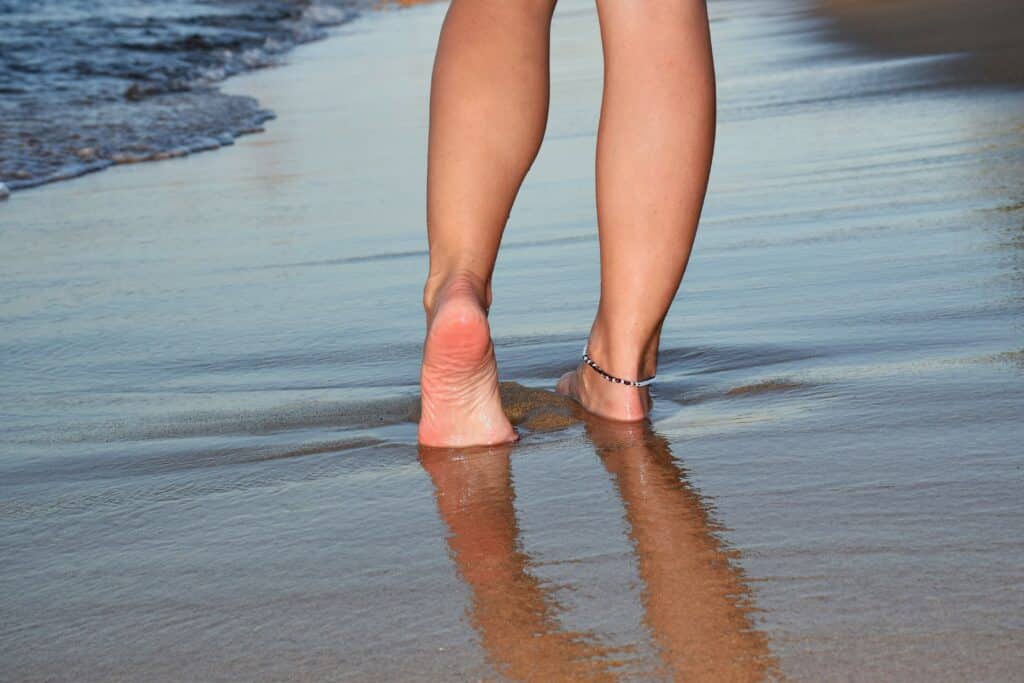
There are plenty of structures in your foot and ankle that could cause heel pain. Common causes include plantar fasciitis, Achilles tendon inflammation, and defects in your foot’s bony tunnels.2Priscilla Tu, Jeffrey R Bytomski. Diagnosis of Heel Pain, Am Fam Physician. 2011
Plantar Fasciitis
Plantar fasciitis, also known as tennis heel, is an inflammation of the connective tissue under your foot. The fascia is a thick and resistant band, made up of interlaced fibers. It connects the heel to your toes, providing support and absorbing the mechanical stress from movement.
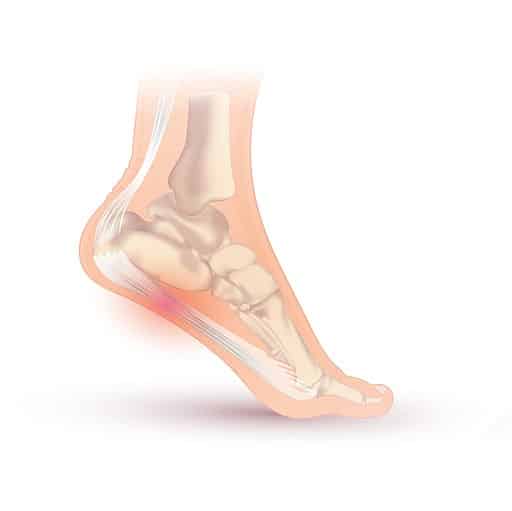
Activities that put pressure on your feet (e.g., running, jumping, or spending long periods standing up) can irritate the plantar fascia. Age, obesity, and specific foot mechanics can also increase your risk of developing plantar fasciitis.
An inflamed fascia tightens at night, causing sharp pain at your first step in the morning.3Tae Im Yi, M.D., Ga Eun Lee, M.D., In Seok Seo, M.D., Won Seok Huh, M.D., Tae Hee Yoon, M.D., and Bo Ra Kim, M.D.. Clinical Characteristics of the Causes of Plantar Heel Pain, Annals of Rehabilitation Medicine. 2011
Stretching out the tissue (when you walk) usually reduces the pain. Night braces can put your foot in a 90-degree flexion, to prevent your fascia from tightening while you sleep.
Achilles Tendinitis
The Achilles tendon connects your calf muscle to the heel bone, allowing your foot and ankle to flex and making it possible to walk, run, and jump. It’s the thickest tendon in your body because it works under more pressure than any other. But, mechanical stress can take a toll on the tendon, causing it to become inflamed. Haglund’s deformity, a bony growth at the back of your foot, can press on the Achilles tendon and cause inflammation.
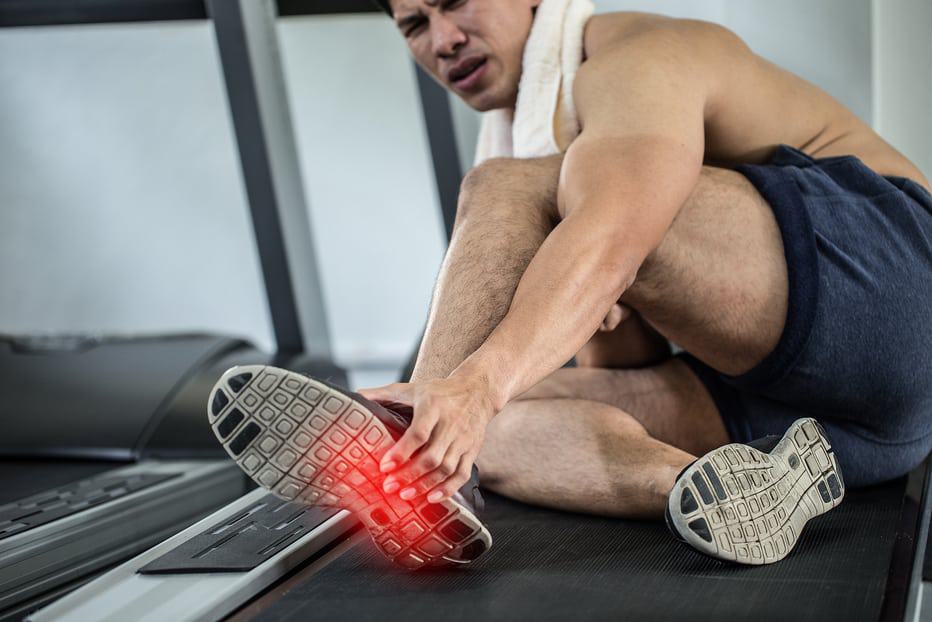
Achilles tendinitis can affect the tendon at its body or insertion point. Insertion tendonitis pain is lower, and it could be mistaken for bursitis (inflammation of the fluid-filled sack behind the tendon.) Your doctor might recommend an ultrasound or CT scan to confirm the diagnosis.
Morning pain and stiffness are typical symptoms of Achilles tendonitis. Since you’re not using the tendon while you sleep, it tightens up, making the inflammation pain even worse.
If you feel a sharp pain in the heel’s back when stretching, your heel bone could be putting too much pressure on the tendon. Go slow to avoid injuries and complications.
Calcaneal Stress Fractures
Your heel bone or calcaneus is large and strong enough to handle the stress of standing, walking, and running. However, high-impact activities or trauma can fracture the bone. Heel bone fractures can be severe and affect the surrounding joints.4David Davis; Travis J. Seaman; Edward J. Newton. Calcaneus Fractures, StatPearls Publishing; 2020

Stress fractures can also happen with frequent high-intensity activity (such as long-distance running.) These “milder” fractures are easier to miss since the pain doesn’t develop as quickly. Signs to look out for include:
- Heel pain that gets worse over time (despite using home remedies and resting.)
- Redness and swelling.
- Loss of weight-bearing ability.
If your heel pain doesn’t resolve in a few days, consult a specialist to rule out bone fractures.
Sinus Tarsi Syndrome
The sinus tarsi is a tunnel in one of the foot joints (the subtalar joint.) Through it runs a thick ligament, surrounded by a fluid-filled sack that absorbs shock and helps the ligament glide. This sack becomes inflamed in sinus tarsi syndrome, while the ligament might be affected as well.
The typical sinus tarsi pain is on the ankle’s outer part, and it gets worse with walking. If you have sinus tarsi syndrome, you might also experience instability and an increase in pain when pressing on the area.
Tarsal Tunnel Syndrome
The posterior tibial nerve passes through a canal in your ankle called the tarsal tunnel. The compression causes pain in the middle part of your foot, especially strong on the inner surface.5Priscilla Tu, Jeffrey R Bytomski. Diagnosis of Heel Pain, Am Fam Physician. 201
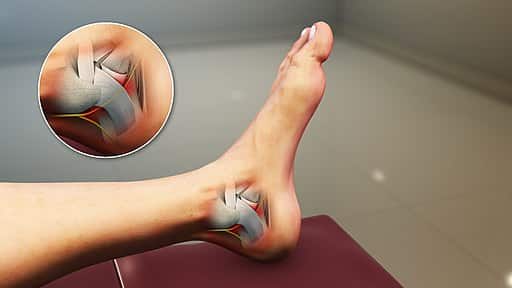
Common causes of tarsal tunnel syndrome include:
- Abnormal structures like bony growth or varicose veins that occupy space in the tunnel.
- Ankle injuries and other sources of inflammation in the area can cause swelling and press on the nerve.
- A fallen arch can cause you to tilt your foot outward and compress the nerve.
- Systemic diseases like diabetes and heart failure can cause foot swelling, affecting the tibial nerve.
Hypothyroidism
An underactive thyroid gland can cause muscle pain and cramps. In your foot, the muscle swelling can irritate the nerves and increase pressure on the tendons and ligaments. Hypothyroidism also increases the risk of developing a tarsal tunnel syndrome, which causes pain on the outside of your ankle.6Neera Chaudhary, Ashish Kumar Duggal, Prashant Makhija, Vinod Puri, and Geeta Anjum Khwaja. Statin-induced bilateral foot drop in a case of hypothyroidism, Ann Indian Acad Neurol. 2015
Heel Pad Syndrome
Heel pad syndrome is where the fatty pad under your heel is displaced or worn out. Age, obesity, or high-impact exercise are common causes. The pain associated with heel pad syndrome is more substantial at night or after exercise. It’s not likely to be irritated first thing in the morning. To learn more about heel pad syndrome, check out our dedicated article.
How to Treat Heel Pain at Home

Stretching & Exercises
In Achilles tendinitis and plantar fasciitis, the connective tissue cramps up at night, increasing the pain. Start your morning with a few simple foot stretches, and you can significantly reduce the pain.

While you’re recovering, avoid high-intensity workouts like running and opt for gentle, low-impact options like swimming. Giving your heel some rest will help it heal faster.
Ice & Cold Compresses
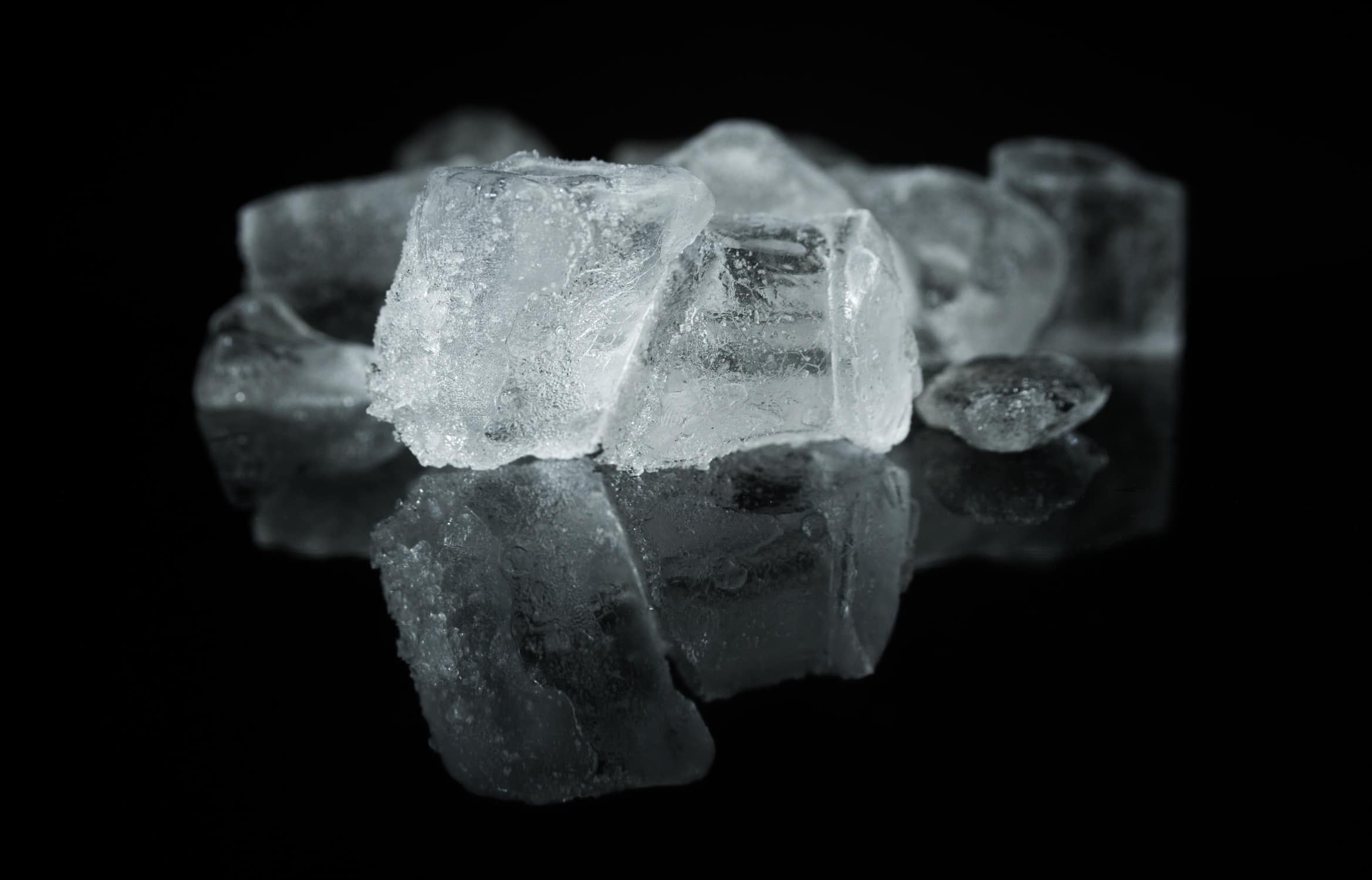
Night Splints
If you suffer from plantar fasciitis, a night splint could stop the morning pain. These braces gently stretch out the fascia and intrinsic muscles, preventing it from tightening up. Night splints are also useful in Achilles tendinitis by releasing pressure from the tendon and speeding up recovery.
Braces don’t work overnight, but they’re perfect for managing heel conditions and keeping pain at bay.
What If It’s Your Thyroid?
Thyroid problems affect many patients worldwide, and they’re entirely manageable, as long as you stick to the recommended treatment. If you suspect you might have hypothyroidism, it’s crucial to get a diagnosis.
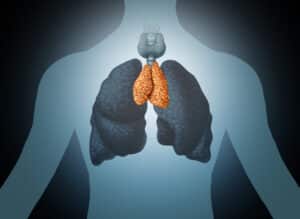
Look out for the common signs of hypothyroidism:
- Sudden weight gain
- Fatigue
- Constipation
- Slow heart rate
- Constantly feeling cold
- Depression
If a member of your family has thyroid problems, you’re more likely to develop the disease. Talk to your doctor for lab work that can confirm or rule out thyroid issues.
When Should You See A Doctor?
Consult a specialist for pain that gets worse over time or doesn’t improve in the course of a week. If you have a fever, it’s also essential that you see your doctor. Additional general symptoms like fatigue, muscle pain, and weight gain can point towards a systemic disease.
